Response Division
Aerie's Wildland Fire Response Division provides emergency medical care on active fires and all-hazard incidents throughout Montana and Idaho. We are experienced EMTs and paramedics actively working in EMS systems that see lots of patients. We are all Fireline qualified and have extra training in wilderness skills to properly manage patients in the unique, austere environments in which we operate. We are on call throughout fire season, ready to meet the needs of emergency managers and provide care at incident command posts. With years of experience fighting fire for Missoula Fire Department and responding to wildland fires around the country, as well as providing care in the EMS system, Randy Okon, Chad Kidd and Dave Farmer lead Aerie's Wildland Fire team. These three professionals also train Aerie students to respond to wildland fires.
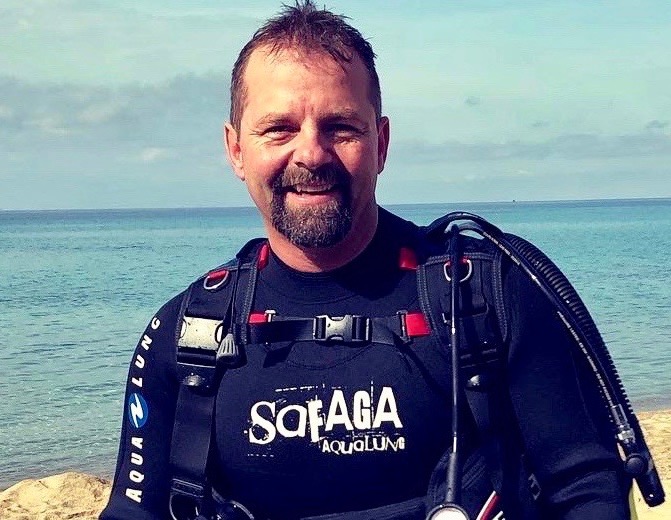
|
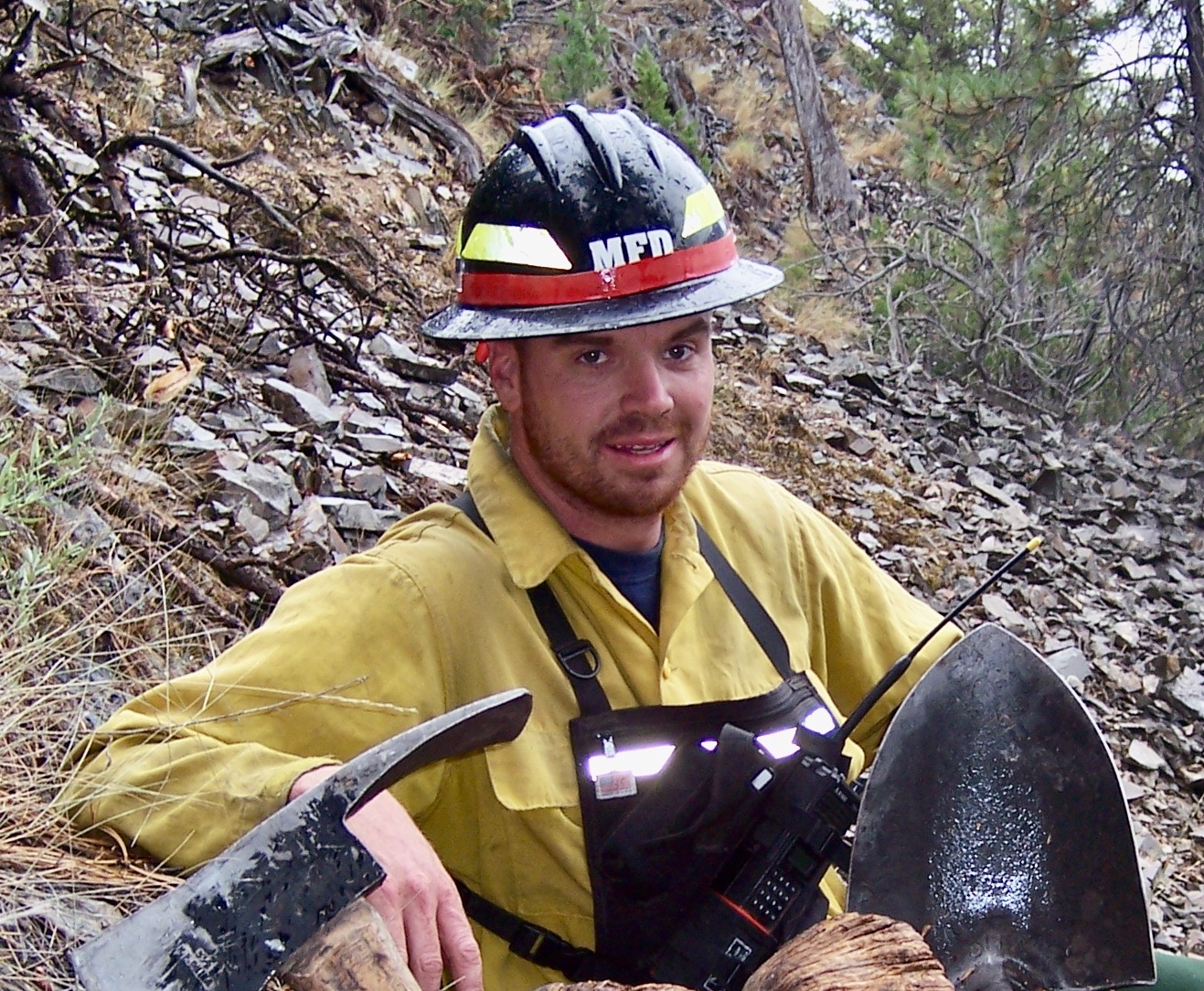
|
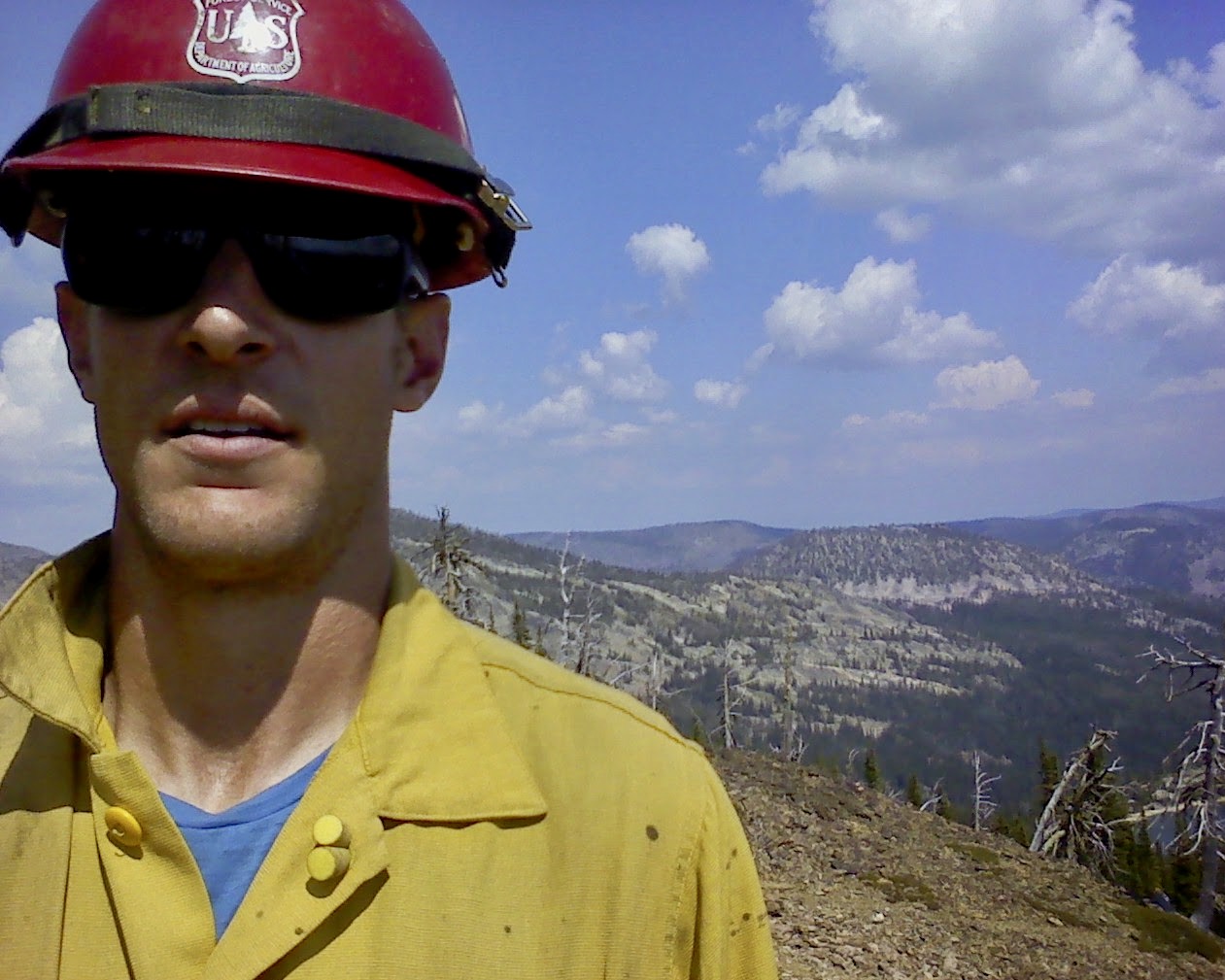
|
|
Randy Okon |
Chad Kidd |
Dave Farmer |
Training Division
Aerie’s Wildland Fire Training Division prepares our Semester in Wilderness Medicine students and others for entry-level wildland fire positions - Fireline EMT and Firefighter Type 2. Fireline EMS positions are unique in the wildland fire service because they are often asked to operate more independently than most entry-level fire positions. We acknowledge the unique risk this poses and have built a program exceeding national standards.
Fire training coursework includes the following:
- Introduction to Incident Command System (ICS-100)
- National Incident Management System: An Introduction (IS-700)
- Human Factors in the Wildland Fire Service (L-180)
- Firefighter Training (S-130)
- Introduction to Wildland Fire Behavior (S-190)
- Field training in digging fireline and deploying fire shelters
To be qualified as a Firefighter Type 2 (FFT2), students must satisfactorily complete the above course elements as well as the arduous Work Capacity Test. To pass this "Pack Test," students must carry a 45lb pack for 3 miles in under 45 minutes. Aerie issues an Incident Qualification Card, commonly called a Red Card, to students who successfully complete all requirements.
It is helpful to note that the certifications for the above coursework never expire, although to maintain currency to work, each year a firefighter must compete a RT-130 (refresher training) and Pack Test. Aerie offers the RT-130 Wildland Fire Safety Training Annual Refresher as well as the Pack Test.
If Aerie students plan to work as firefighters in Montana, they will need to be licensed as EMTs in Montana. Once a student passes their National Registry exam, and gets their FFT2 qualification, they then need to apply for State of Montana EMT licensure. Once this is complete, Aerie will add the Line Qualified EMT certification to their Red Card.
The National Wildfire Coordinating Group (NWCG) sets minimum training, experience, and physical fitness standards for wildland firefighters. Aerie Wildland Fire instructors provide NWCG training, administer the physical test, and issue Incident Qualification Cards. As a training provider, Aerie is given authority to train and certify students via a Memorandum of Understanding with the US Forest Service’s Northern Rockies Training Center (NRTC).
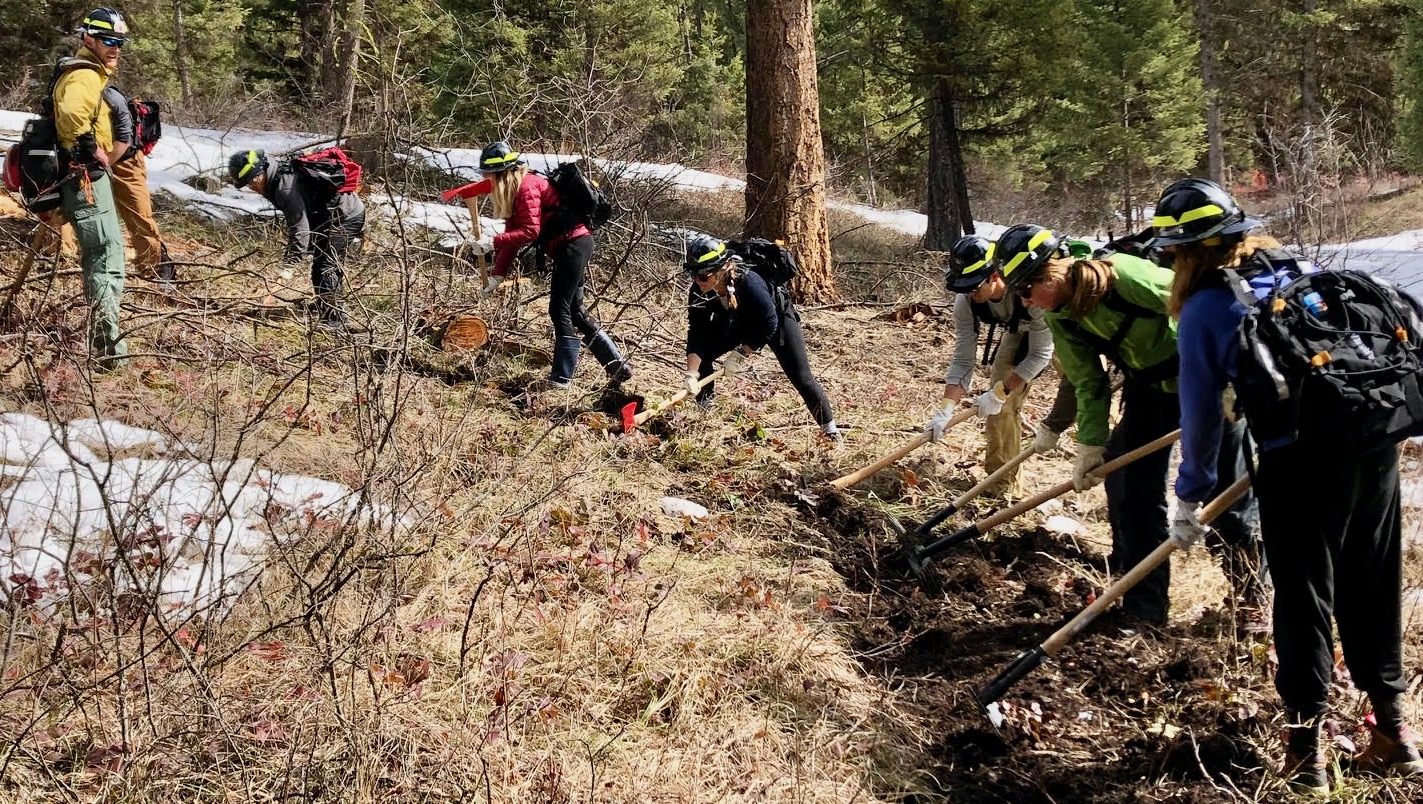
(Wildland Fire Instructor Dave Farmer oversees Spring Semester students digging fireline during training).
Custom Wildland Fire Training Courses
Aerie offers custom designed courses built to meet your organization’s needs. We offer initial training to the Firefighter 2 (FF2) level, annual refreshers, and the Work Capacity test. We can also evaluate your fire management plans. Aerie recently designed a custom wildland fire training course for the United World College (UWC) campus southeast of Mumbai, India. UWC's Mahindra College experiences threats of wildfire due to burning in neighboring villages for agricultural purposes. Aerie worked with the wildfire response team at the Mahindra College to evaluate their operating procedures, fire preparedness, and risk management protocols, then trained student responders in firefighting operations.
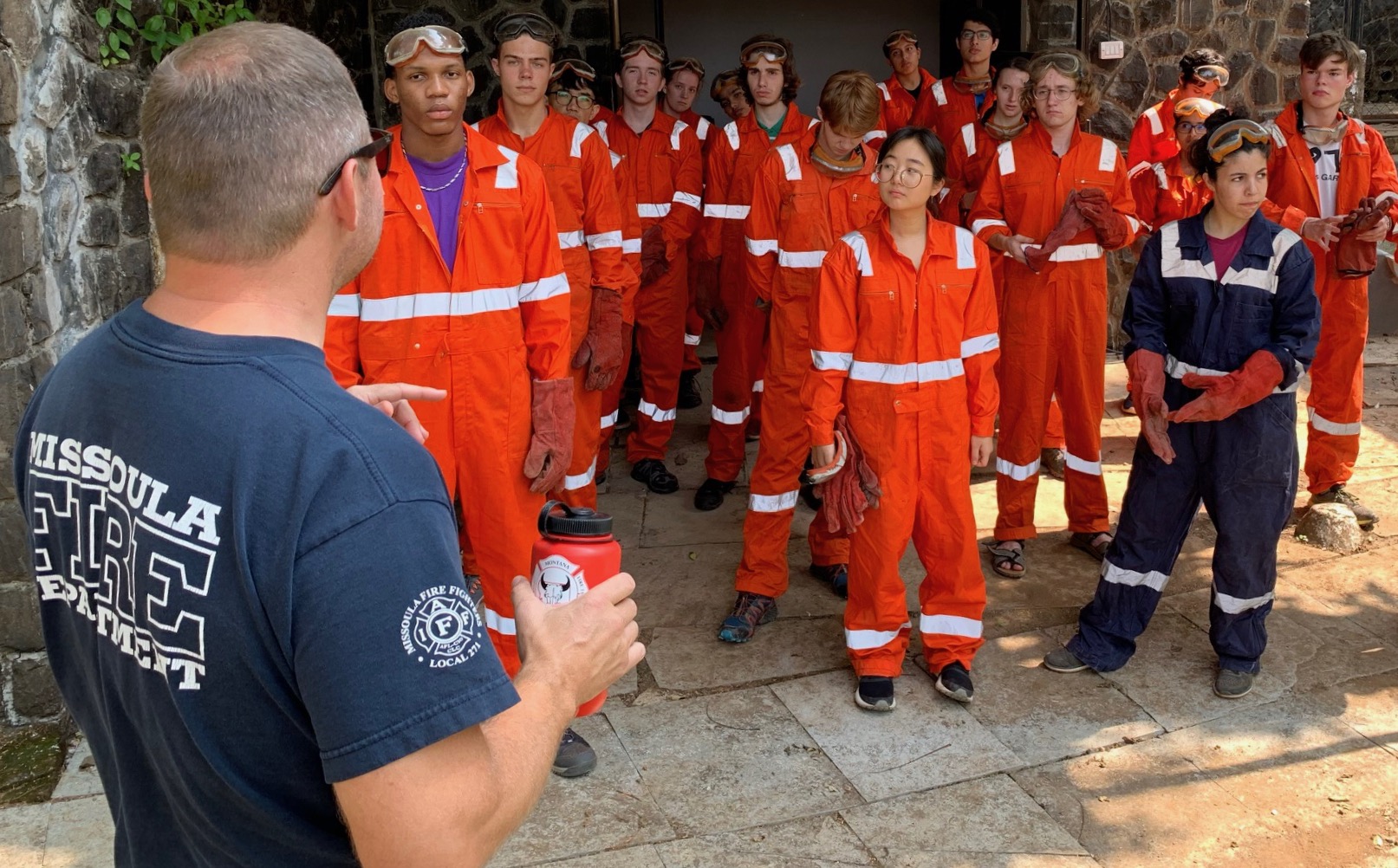
(Wildland Fire Director Randy Okon conducts a briefing with UWC students prior to heading into the field for live fire exercises).
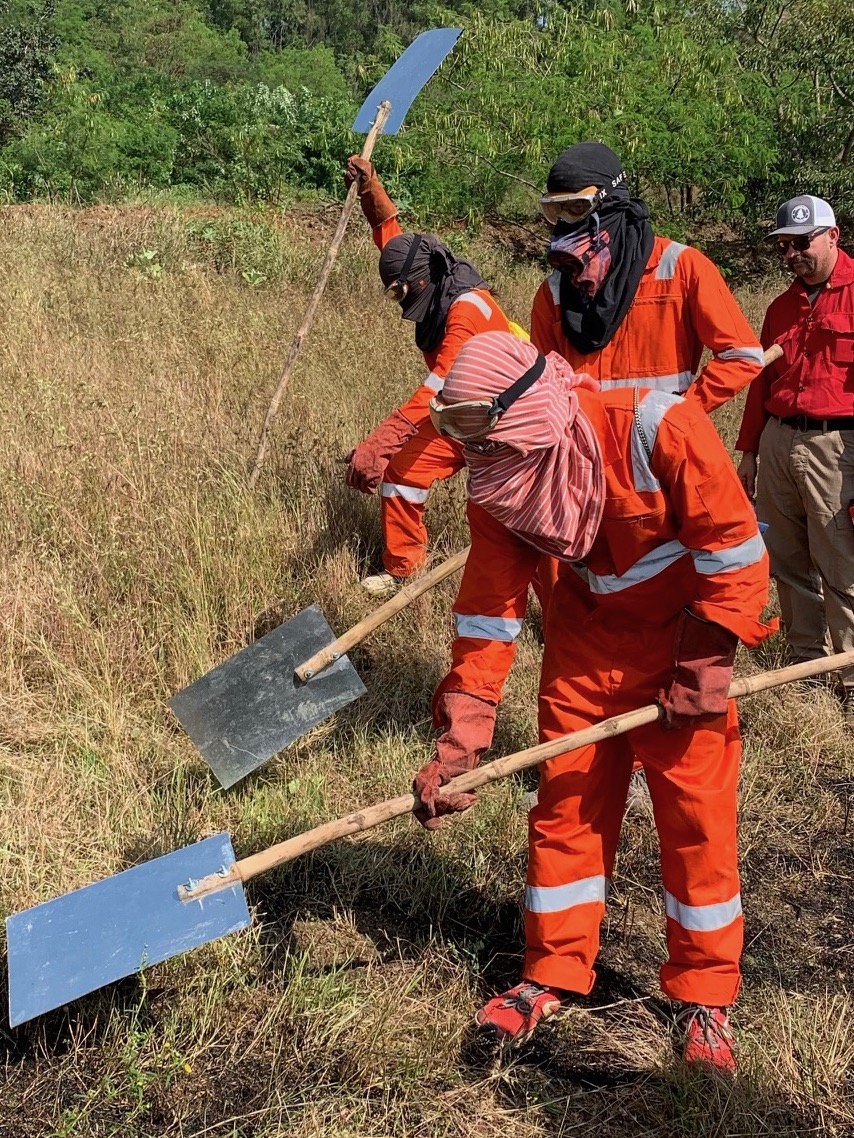
(UWC students training with available tools for controlling grass fires).




